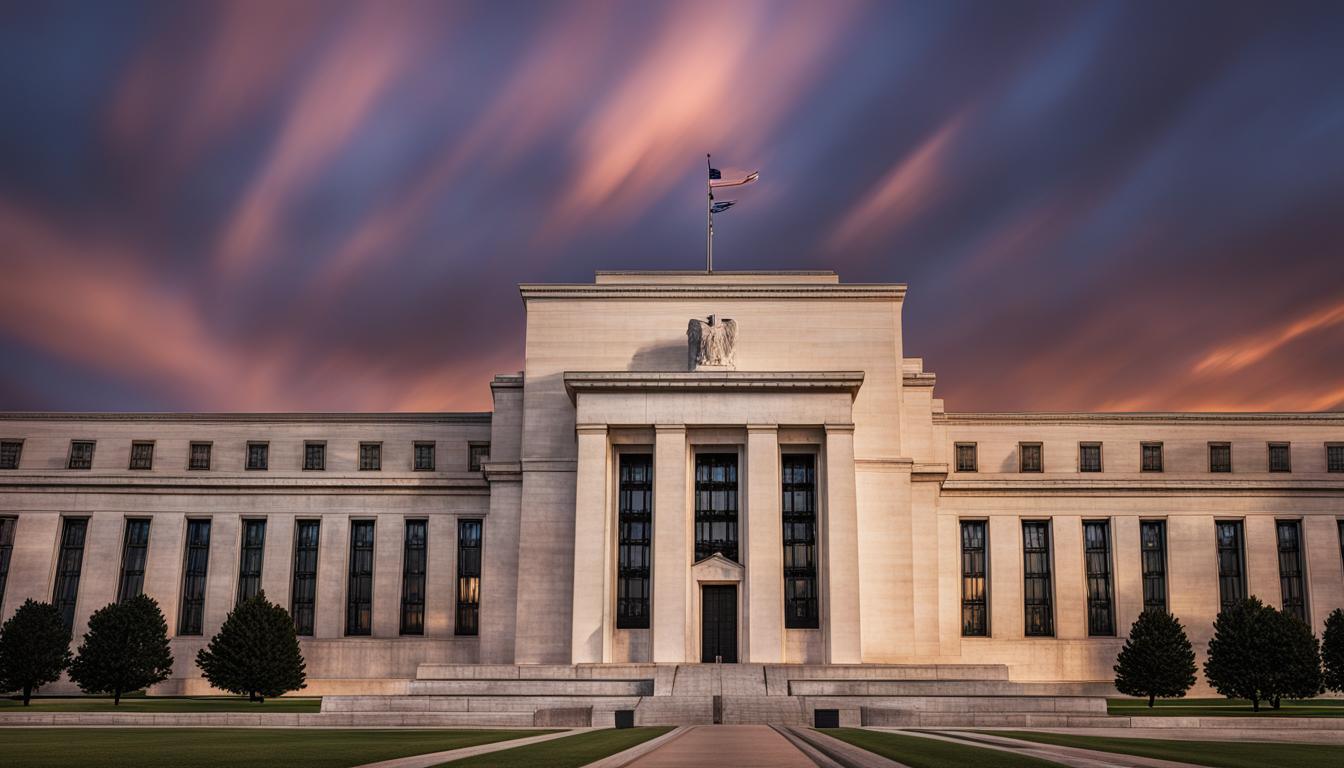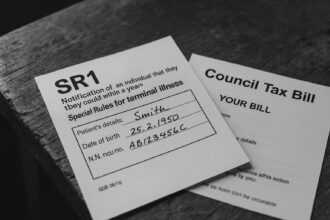Federal Reserve officials suggest that recent interest rate hikes may need more time to impact inflation, indicating a possible slowdown in rate reductions as the economy continues to be carefully monitored.
Federal Reserve officials have indicated that the substantial interest rate increases implemented over the last two years may require more time to effectively reduce inflation. This might lead to fewer rate reductions throughout the current year. Despite higher borrowing costs, American consumer spending patterns remain unchanged, with the proportion of income spent on interest payments consistent with previous levels.
Fed Chair Jerome Powell recently mentioned that further interest rate hikes in the near term are uncertain as the Fed seeks greater assurance that inflation will revert to its target. The remarks come amid ongoing discussions about whether the current interest rate of 5.3% is adequate to address persistent inflationary pressures. Recent concerns have been underpinned by expectations of an upcoming inflation report for April, which is predicted to show only a marginal decrease in inflation.
Federal Reserve President Lorie Logan has expressed that it is too soon to consider reducing rates, suggesting a careful approach to monetary policy amid an unpredictable economic environment. Additionally, some economists argue that the full effects of the heightened interest rates have not yet been fully realized, particularly in sectors such as housing and corporate borrowing.
As the Federal Reserve continues to navigate these challenges, its strategy remains focused on striking a balance to effectively manage inflation without destabilizing economic growth.













